As the temperatures fall and the days grow shorter, many of us spend more time inside.
When the wind gets whipping, and rain or snow makes it downright miserable out there, our instinct is to hunker down someplace snug and warm. Unfortunately, we’re not the only ones who do the same.

Both stink bugs and ladybugs tend to follow this instinct
While most of them settle for the tall grass or hide under bark or rocks, some of them have decided they want an all-inclusive luxury winter stay in your home.
And to be fair, who can blame them. The folds of your drapes are much cozier than hanging out under a rock all winter.
Having them in your home during the colder months wouldn’t be so bad if they would hide somewhere dark and move out come spring, like good tenants. But no, they fly around bumping into things. They land on your face in the middle of the night, or worse, plopping into your soup at the dinner table.
After watching them deftly flit from leaf to leaf throughout the summer, you’re probably wondering if these tiny drunken insects are even the same bugs.
Diapause
Diapause is the term used for insect hibernation. And it’s diapause that causes stink bug’s and ladybug’s erratic indoor behavior during the winter.
The bugs slow down considerably to conserve energy, but they don’t fall into a deep sleep. On especially warm days, you know, when you see them crawling all over your windows, they will venture out of their snug hiding places in your home to explore.
They mistake the warmth for the arrival of spring and begin heading towards warm, bright areas to look for mates.
That is until the clouds roll in and it’s cool and dark again, sending them back into their zombie-like state. And then it’s back to having insects flying around your home haphazardly, bumping into things and landing in the most inconvenient places.
Stink Bugs
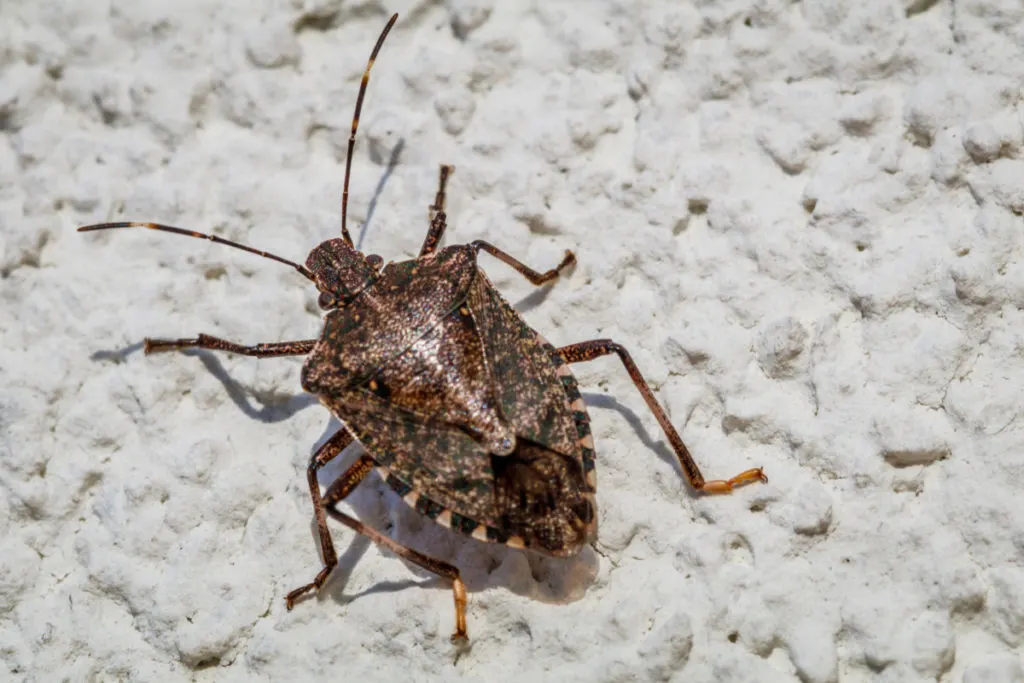
The brown marmorated stink bug, or Halyomorpha halys, is the variety most likely to find its way into your home each winter. And if you’ve ever had a run-in with one of these annoying beetles, you’re not likely to forget it.
To put it nicely, they reek!
At the first sign of a threat, stink bugs secrete a foul-smelling liquid that lingers on anything it touches. The smell is a combination of wet sneakers, those leftovers you found at the back of the fridge last week and my 13-year-old son’s armpits.
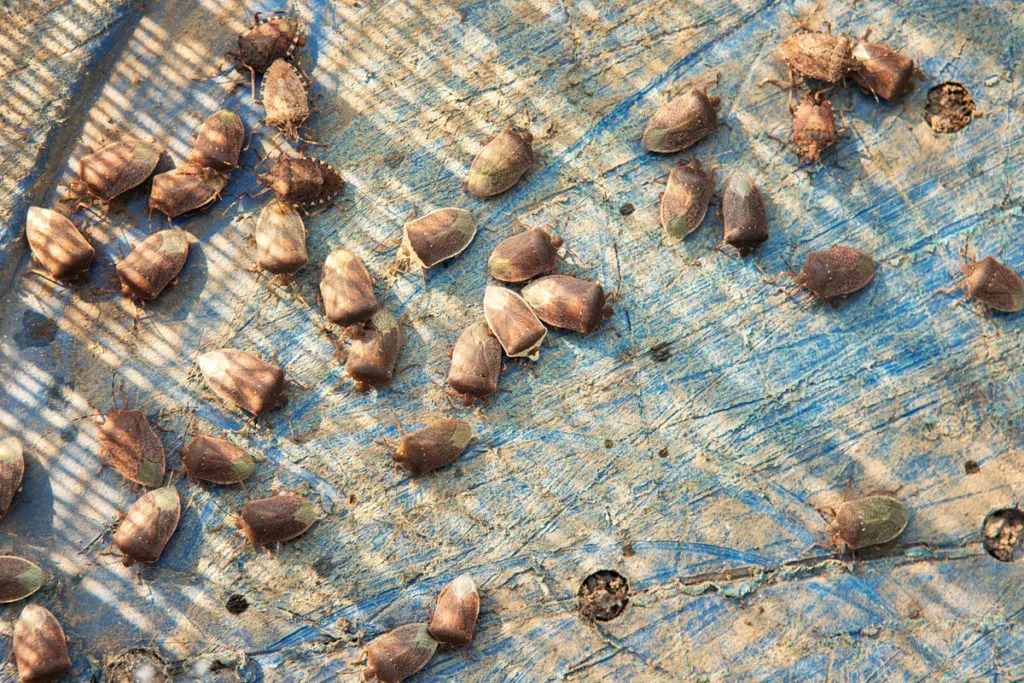
Look, when you’re kind of cute, you don’t bite, and you’re not altogether fast; you’ve got to protect yourself somehow. And nature decided that a stinky butt was the way to go for these guys.
You may have noticed stink bugs will fall from the ceiling, curtains or wherever you find them at the first sign they’ve been discovered. This method of playing possum is also a defense mechanism; when they feel threatened, stink bugs will curl up and drop to the ground from whatever they’re hanging onto.
Usually, right into your cup of hot coffee.
While this might be annoying, it does make getting rid of them easier. You don’t have to chase them around.
Ladybugs
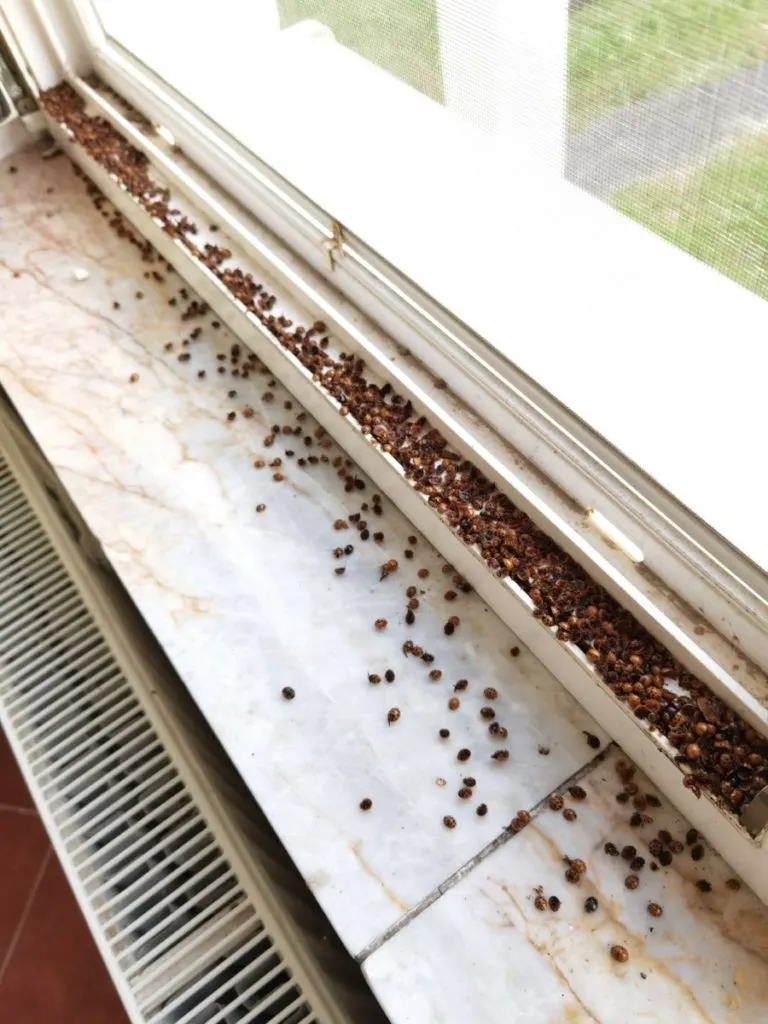
Here’s the thing, most of the ladybugs you find in your home this time of year aren’t actually ladybugs, but rather the false Asian Lady Beetle. And yes, they bite. And they also secrete a stinky yellow liquid that stains. They’re wreaking havoc on the native species of ladybugs.
To put it nicely, they are anything but ladylike.
The Asian lady beetle has an orange shell, where our native species are either red or pink. It’s pretty easy to tell them apart from native ladybug species. But the easiest way to tell is by looking at the head. Asian lady beetles have much more white on their head than ladybugs, and they also have a distinct, black “M” shape at the base of their head.
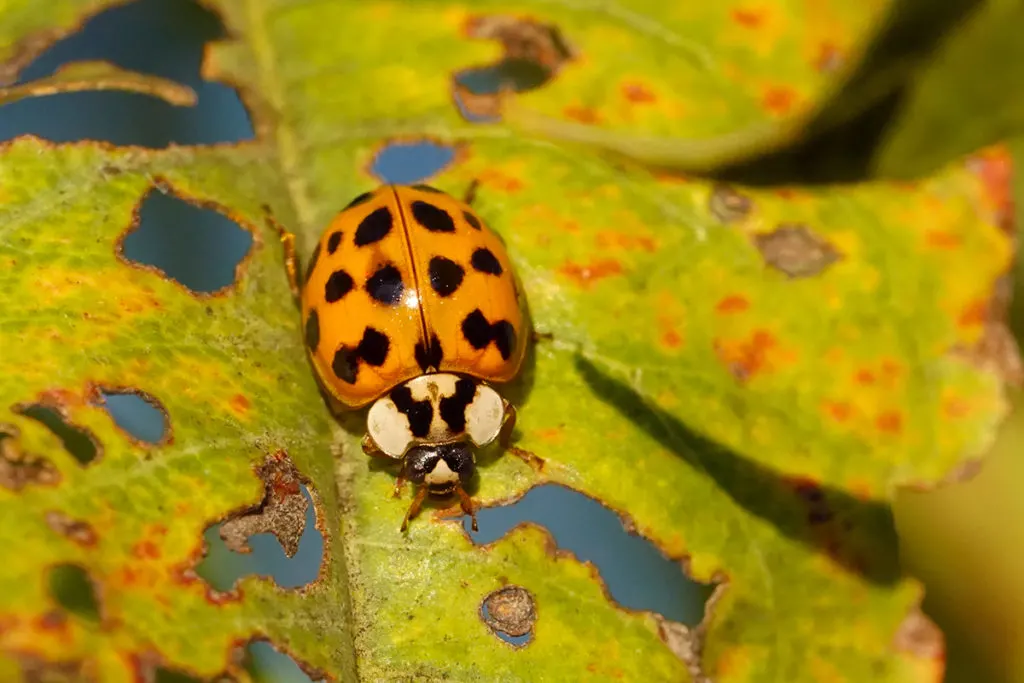
But if you’ve got a ladybug infestation, you probably don’t care what kind; you just want them gone.
Ways to Keep Stink Bugs and Ladybugs Out of Your Home
As with many things, the best defense is a good offense. When cooler weather arrives, it’s best to button up your home to prevent unwanted tenants from coming in for the winter.
1. Eliminate Their Entry Points
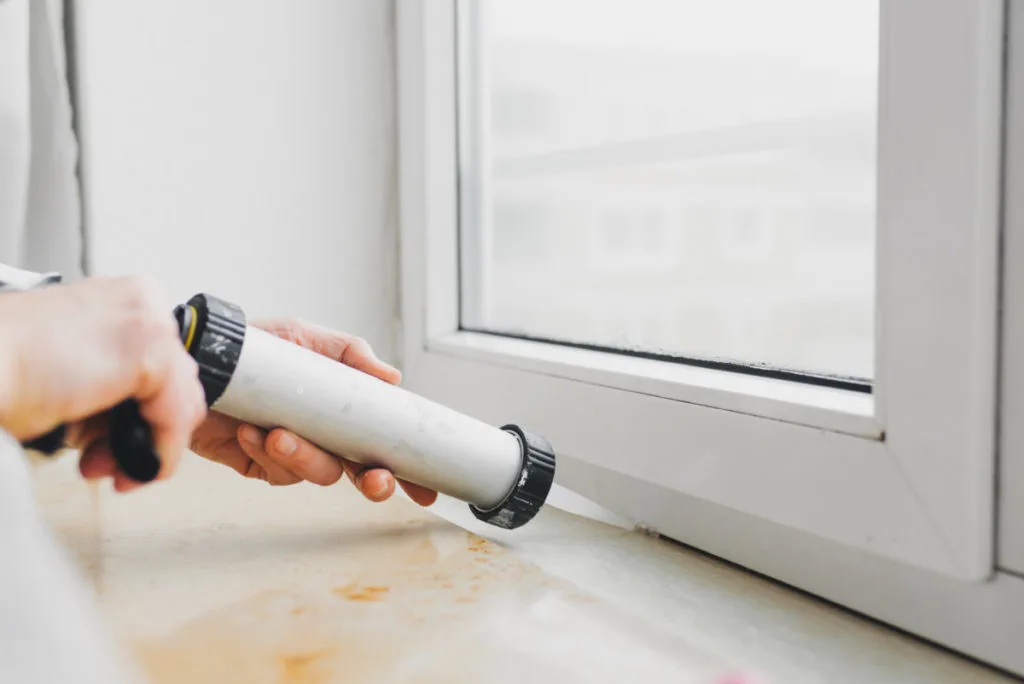
Part of our annual winterizing of the home involves walking outside the house with the caulk gun and sealing any holes or cracks in the foundation or around windows and doors.
Not only does this prevent bugs from entering, but it helps keep heat in when the temperature drops and small rodents out too.
2. Repair Holes in Screens
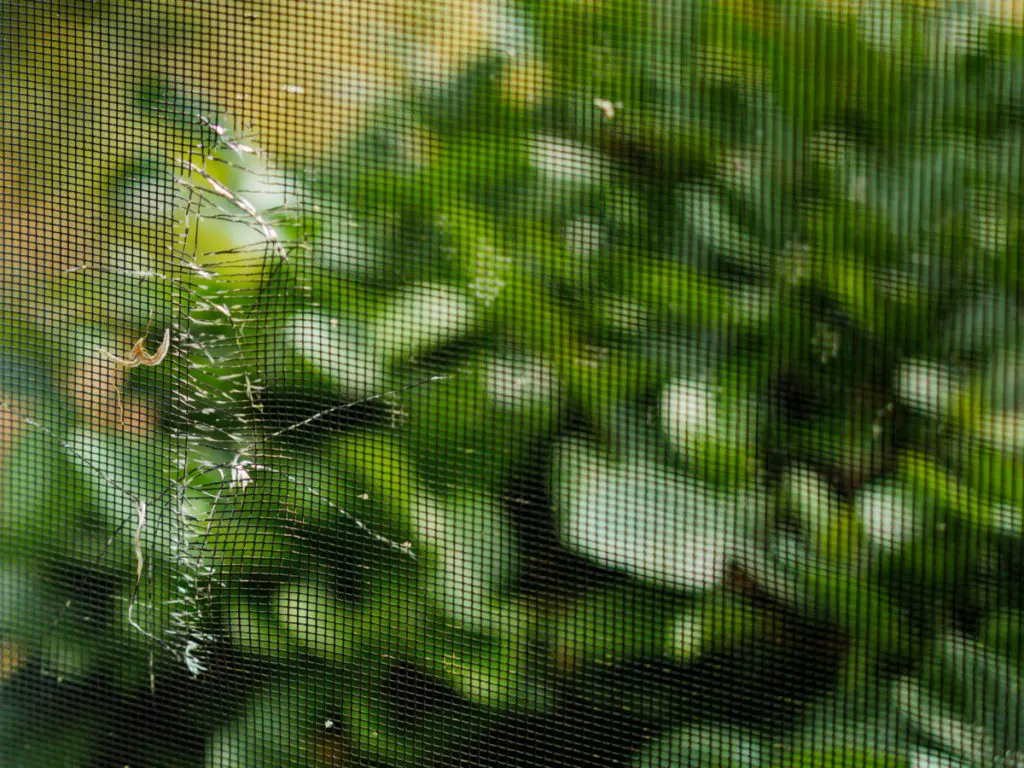
It always amazes me how many tiny bugs happen to find the one equally tiny hole in a screen door or window screen. Replacing or repairing holes and tears in screens can go a long way to keep bugs out year-round.
3. Wintergreen Oil

This aromatic oil is a great choice for keeping quite a few pests at bay. Because wintergreen oil has a strong scent, most insects and even small rodents such as chipmunks and mice avoid it.
Mix up a spray bottle with two cups of water and 20-30 drops of the oil. Spray the outside perimeter of your home, concentrating on areas around windows and doors.
4. Dryer Sheets
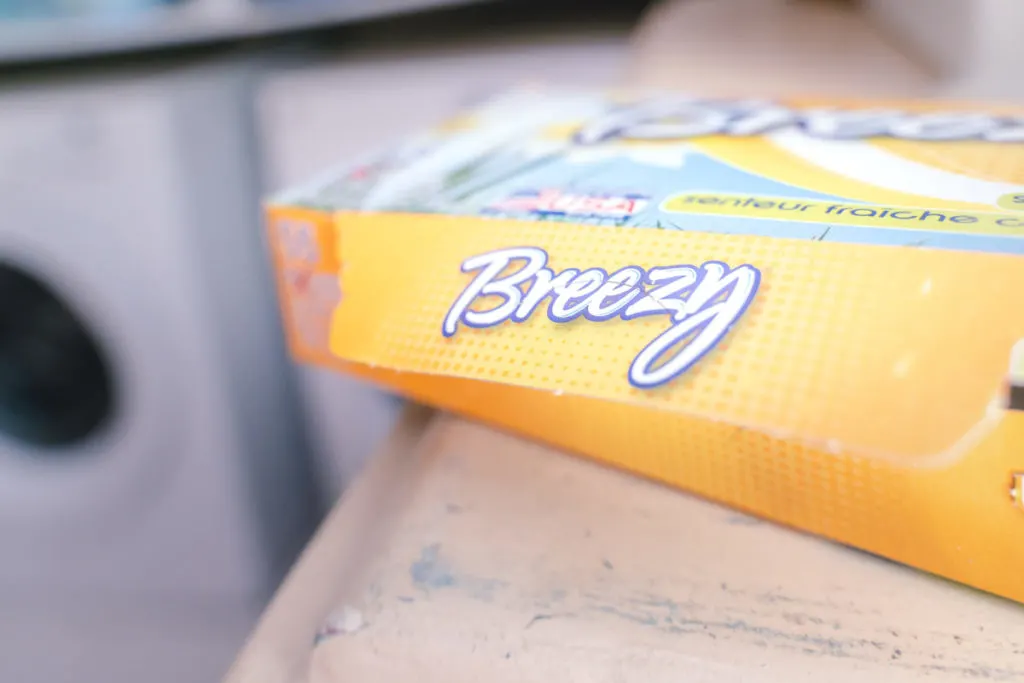
Yet another stinky weapon in your arsenal is dryer sheets. Get the most heavily perfumed variety you can find and rub them over window screens, along windowsills and the inside of doorways that are an entrance to your home.
5. Garlic Spray
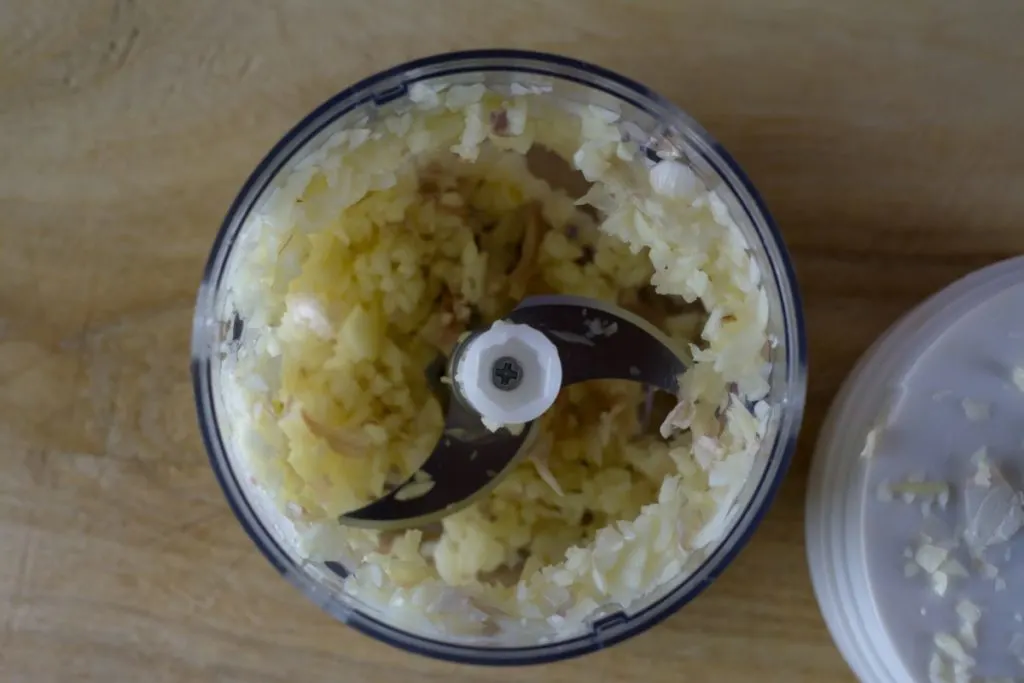
If you want to get seriously stinky, toss a few cloves of garlic in a blender with some warm water and blend away. Pour the mixture through a paper coffee filter into a spray bottle and spray the windowsills and entrance doorways into your home.
Not only will you keep out ladybugs and stink bugs, but vampires will no longer be a concern. Now that’s multitasking!
6. Diatomaceous Earth
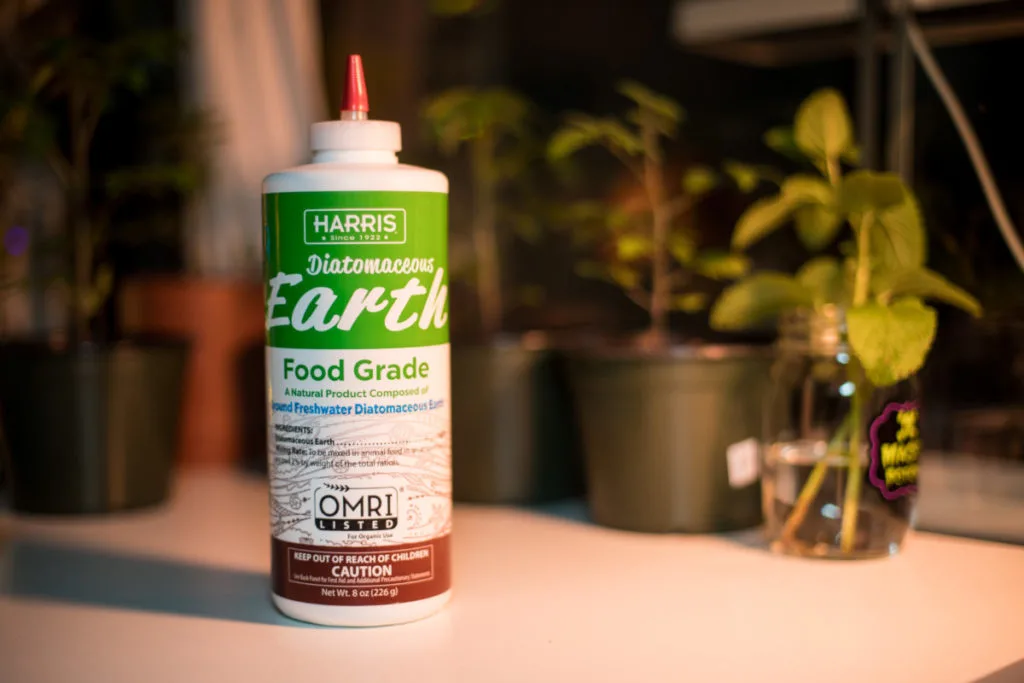
Diatomaceous earth is a powder made from the dried and calcified remains of tiny sea creatures called diatoms. It’s been used for centuries, from everything from building bricks to lowering cholesterol. It’s well known in the gardening community as a natural pest control.
When insects come in contact with the powder, their exoskeletons are scratched, causing them to dry out and wither away.
Sprinkle diatomaceous earth around the foundation of your home and along outside windowsills and keep bugs at bay.
7. Neem Oil
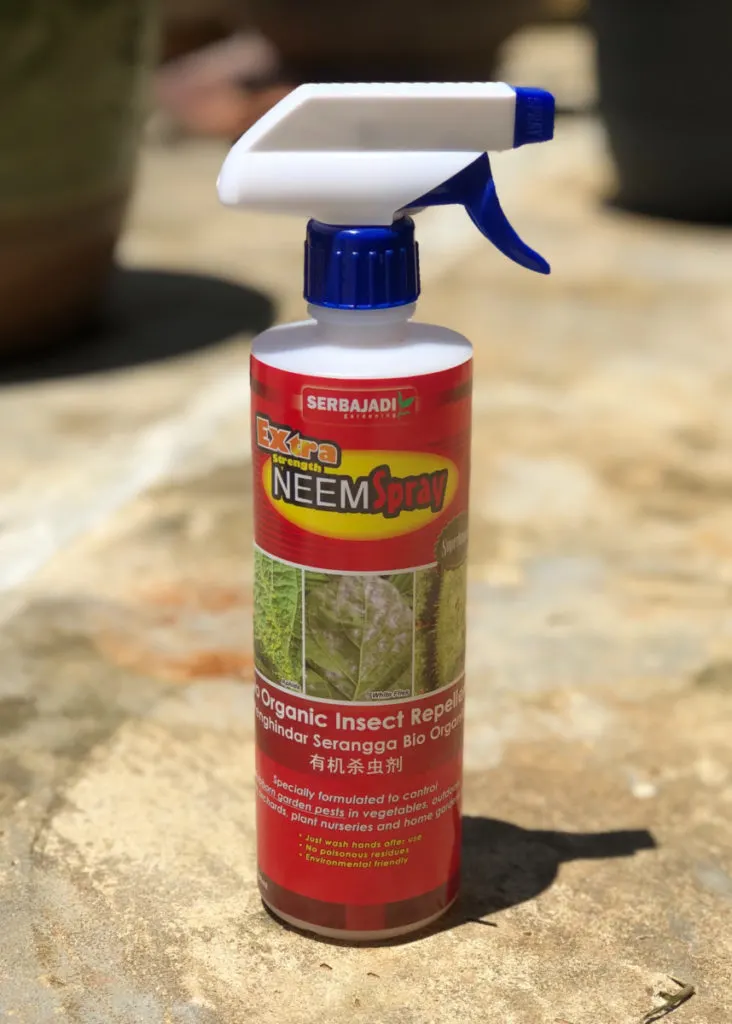
Another wonder in the gardening circuit is – neem oil. (It’s also great for your hair.) Mix a couple of tablespoons in with 4 cups of water and spray all the entries into your home to keep those pesky stinkbugs and ladybugs out!
Ways to Get Rid of Ladybugs and Stink Bugs in Your Home
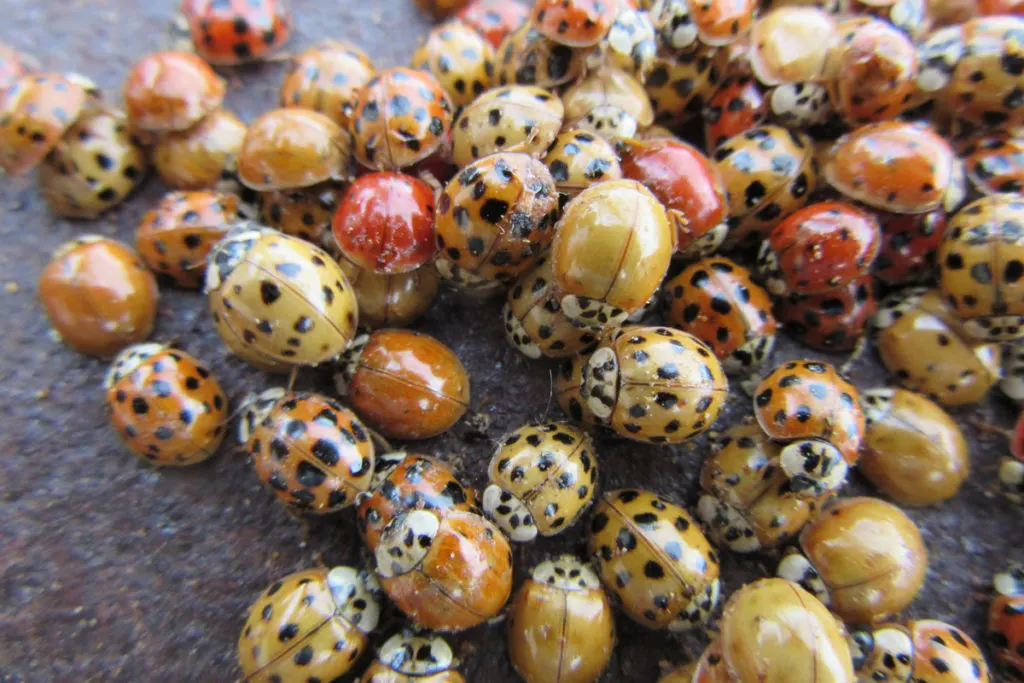
Perhaps you’ve noticed a problem after the cold weather has set in, or despite your best efforts in the fall, you find yourself with new roommates in the winter. Whatever the issue, there are ways to deal with these bugs once they’ve moved in as well.
8. Diatomaceous Earth
Yet again, you can use this powder inside, sprinkling around your infestation. You can even sprinkle it around the pan used in the light trap described below. Plus, it’s safe to use around pets.
Granted, this solution does take a little time, but with patience, it can be an easy way to manage your home invasion.
9. Fly Tape or Duct Tape
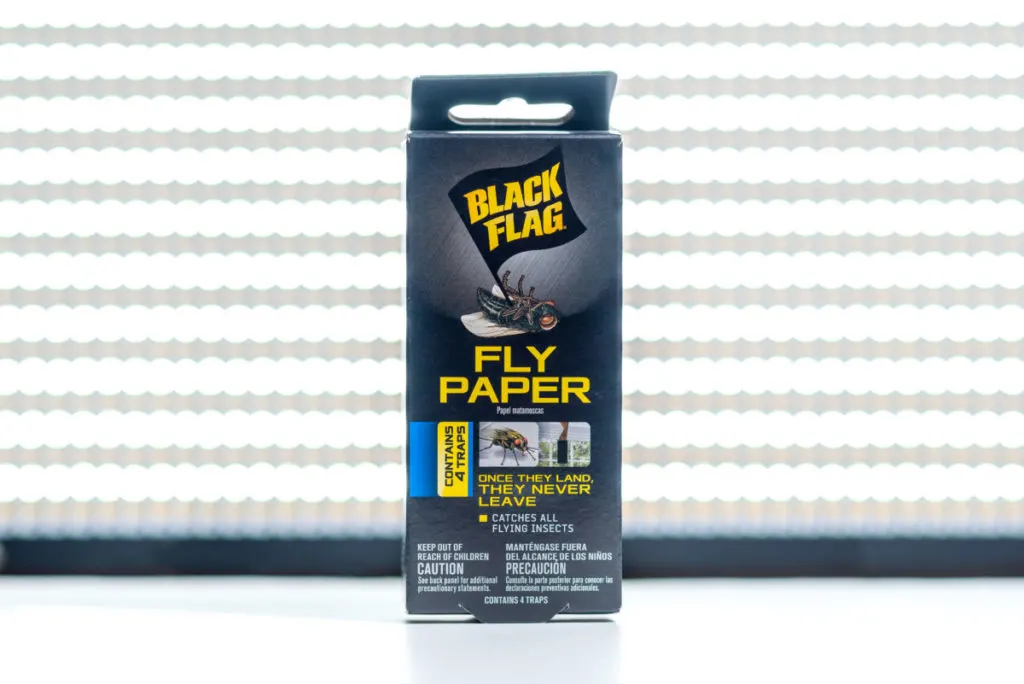
Look, there’s just no getting around the fact that fly tape hanging in your window isn’t the most attractive way to deal with insects, but you can’t beat how effective it is. And sometimes, desperate times call for desperate measures.
If you don’t have fly tape, hanging duct tape strips work well.
10. Vacuum Cleaner
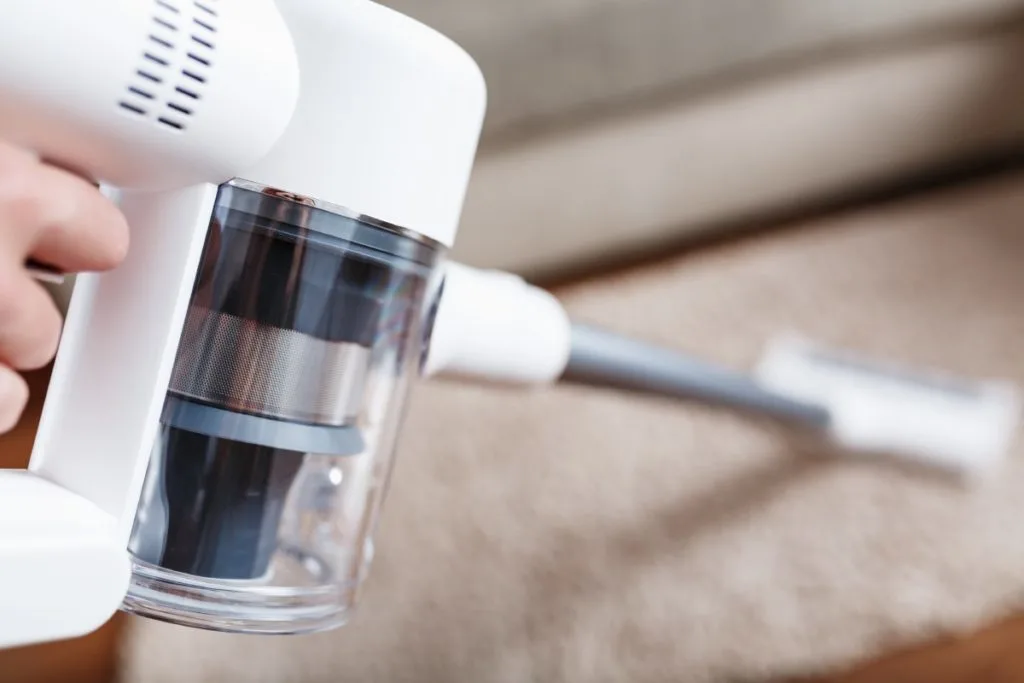
Using a vacuum cleaner seems like the easiest solution; you can suck up the offending insects and dispose of them. Unfortunately, this method presents a small problem.
If you don’t have a vacuum cleaner that uses disposable bags (and most don’t these days), then you’re probably going to have stink bug juice on the inside of your vacuum. And every time you run it after that, guess what your home will smell like.
Ask me how I know this one.
It’s something to think about before you reach for the Hoover. Of course, another suggestion is to purchase an inexpensive handheld vacuum (around $20) to use just for sucking up smelly bugs.
11. Recyclable Light Trap
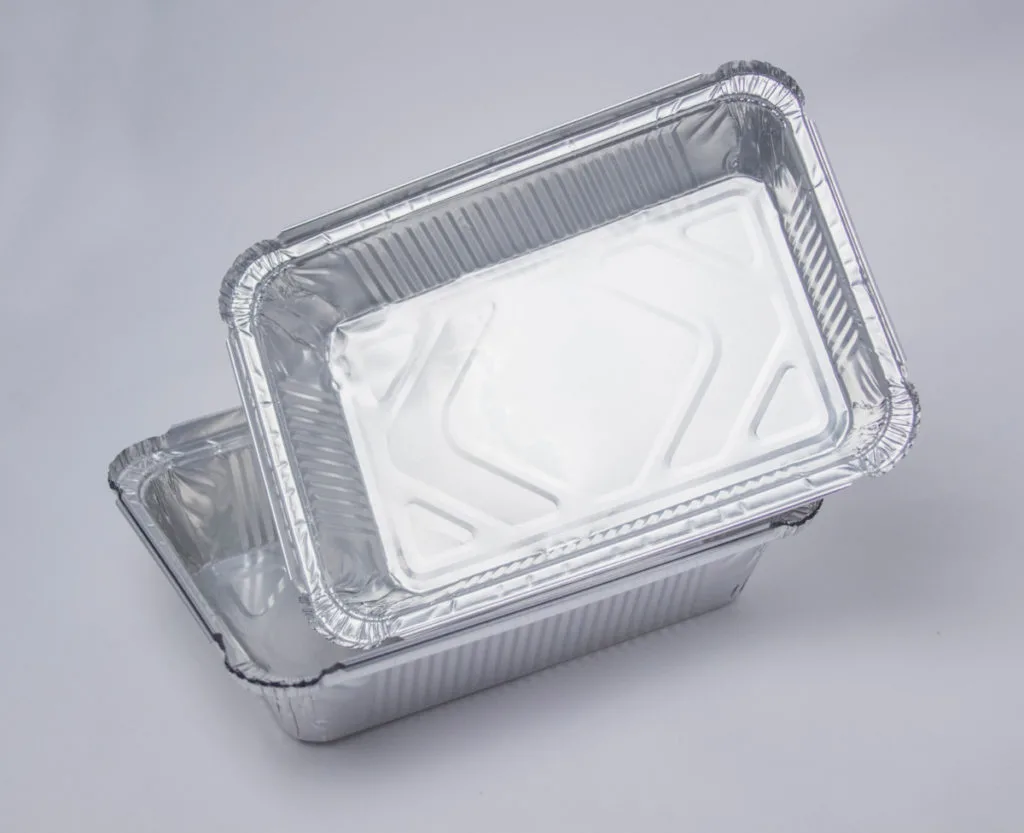
This little setup is by far one of the most effective, inexpensive and easy ways to get rid of both stinkbugs and ladybugs once they have entered your home.
You’ll need a disposable aluminum roasting pan, a bright lamp or work light, water, and dishwashing soap.
Remember, these little guys are attracted to light.
Set your trap up at night, wherever you see the most bugs congregating; this could even be your attic or basement. Place the pan in the room and fill it halfway with water and a few drops of liquid dish detergent. Give it a good stir; the water should be good and soapy. Finally, place the light near the pan of soapy water and turn off all other lights in the room.
While you sleep, ladybugs and stink bugs will be drawn to the bright light and also their soapy doom. The bugs get caught in the soapy water, unable to fly or crawl away. Depending on how bad your infestation is, you may need to repeat this trap for a few nights in different rooms to put an end to your misery.
When you’ve finished, recycle the used aluminum pans.
With all of these tricks up your sleeves, you’ll have a bug-free house this winter, and come spring; you can enjoy watching these creepy crawlies out in the garden, where they belong.
When spring rolls around, you may want to consider inviting all the good kind of ladybugs to hang out in your garden.
How To Release Ladybugs Into Your Garden (& Why You Should)
12 Garden Bugs You Should Never Kill

Get the famous Rural Sprout newsletter delivered to your inbox.
Including Sunday musings from our editor, Tracey, as well as “What’s Up Wednesday” our roundup of what’s in season and new article updates and alerts.

